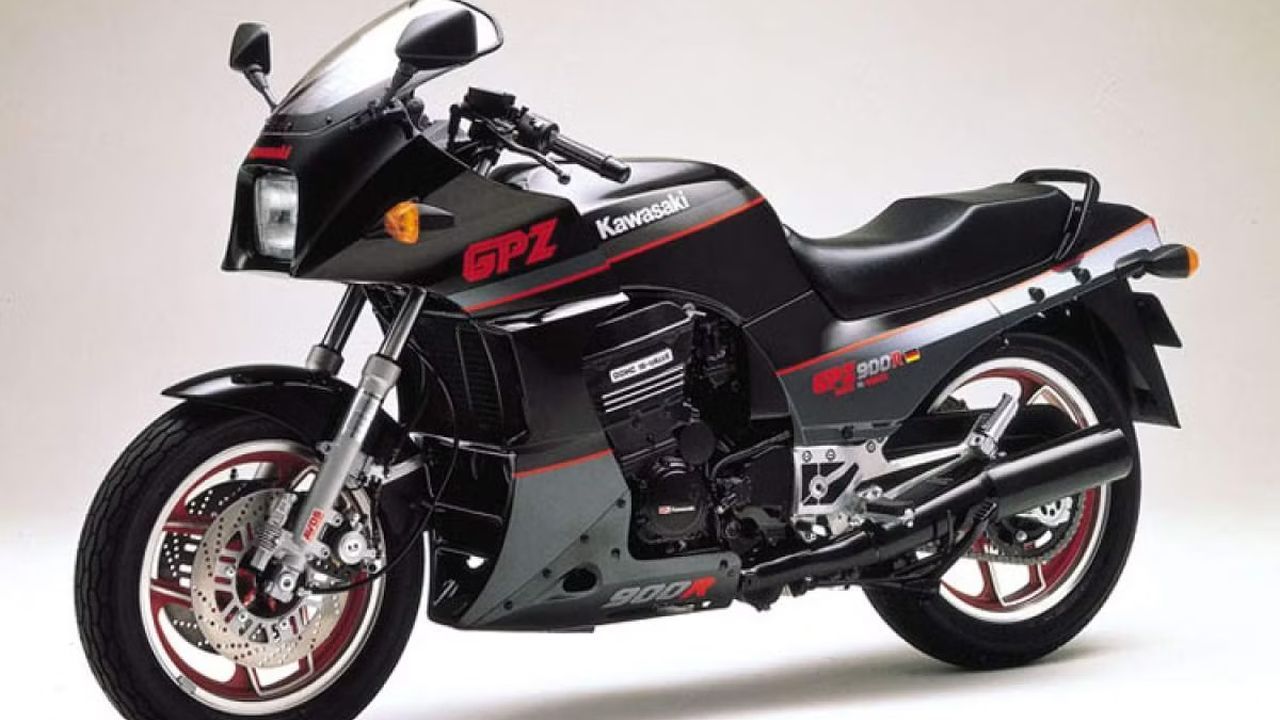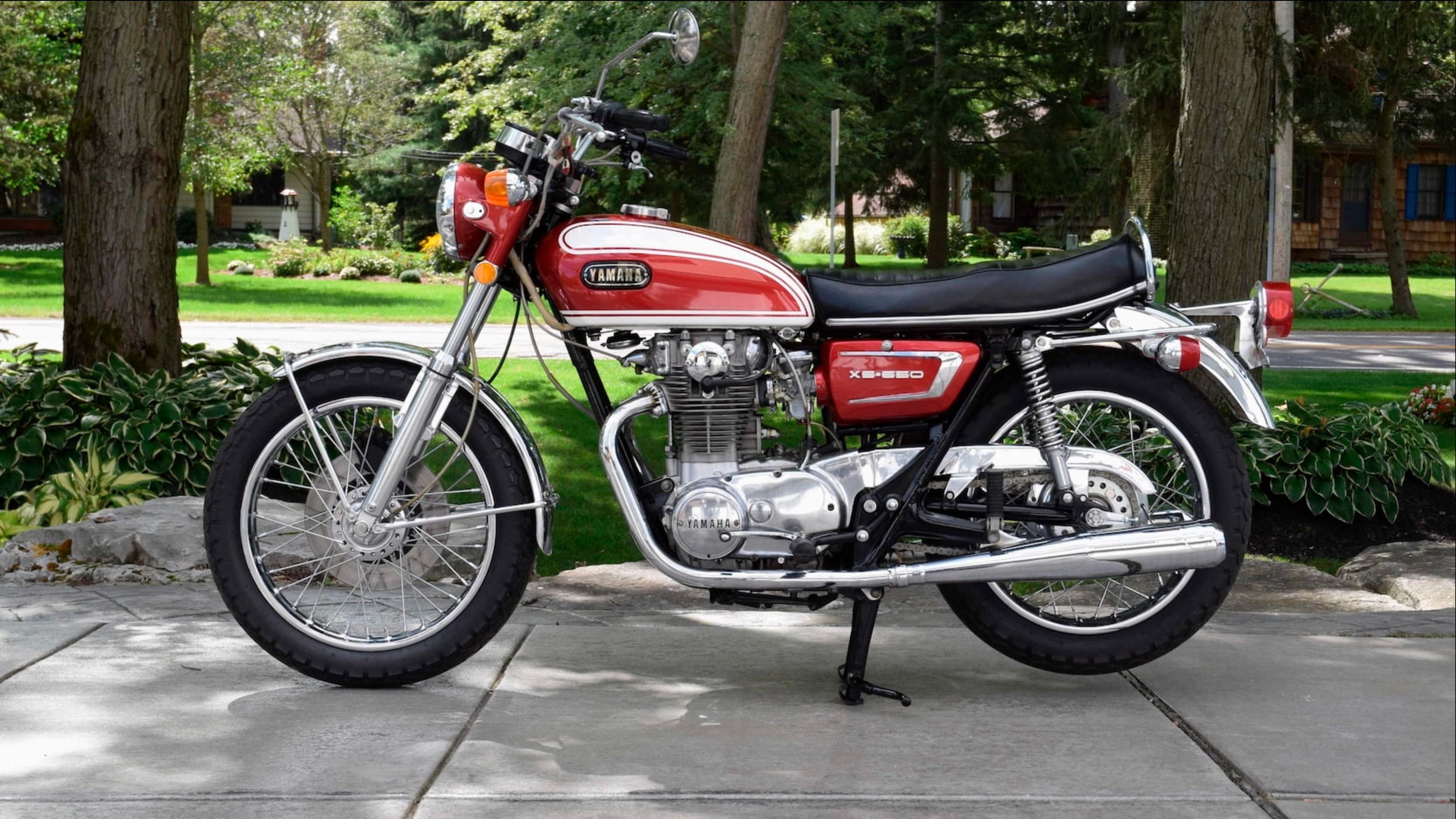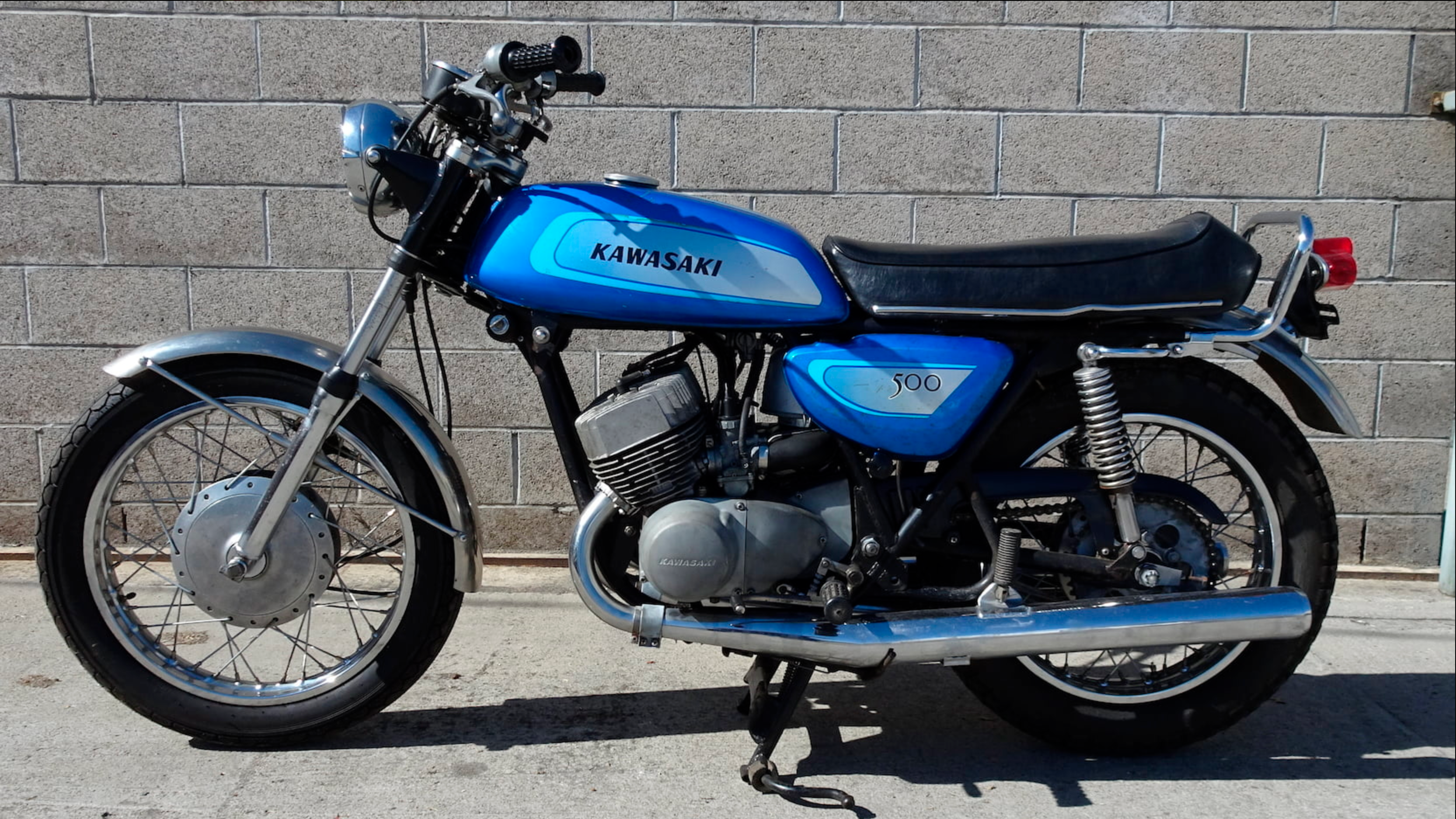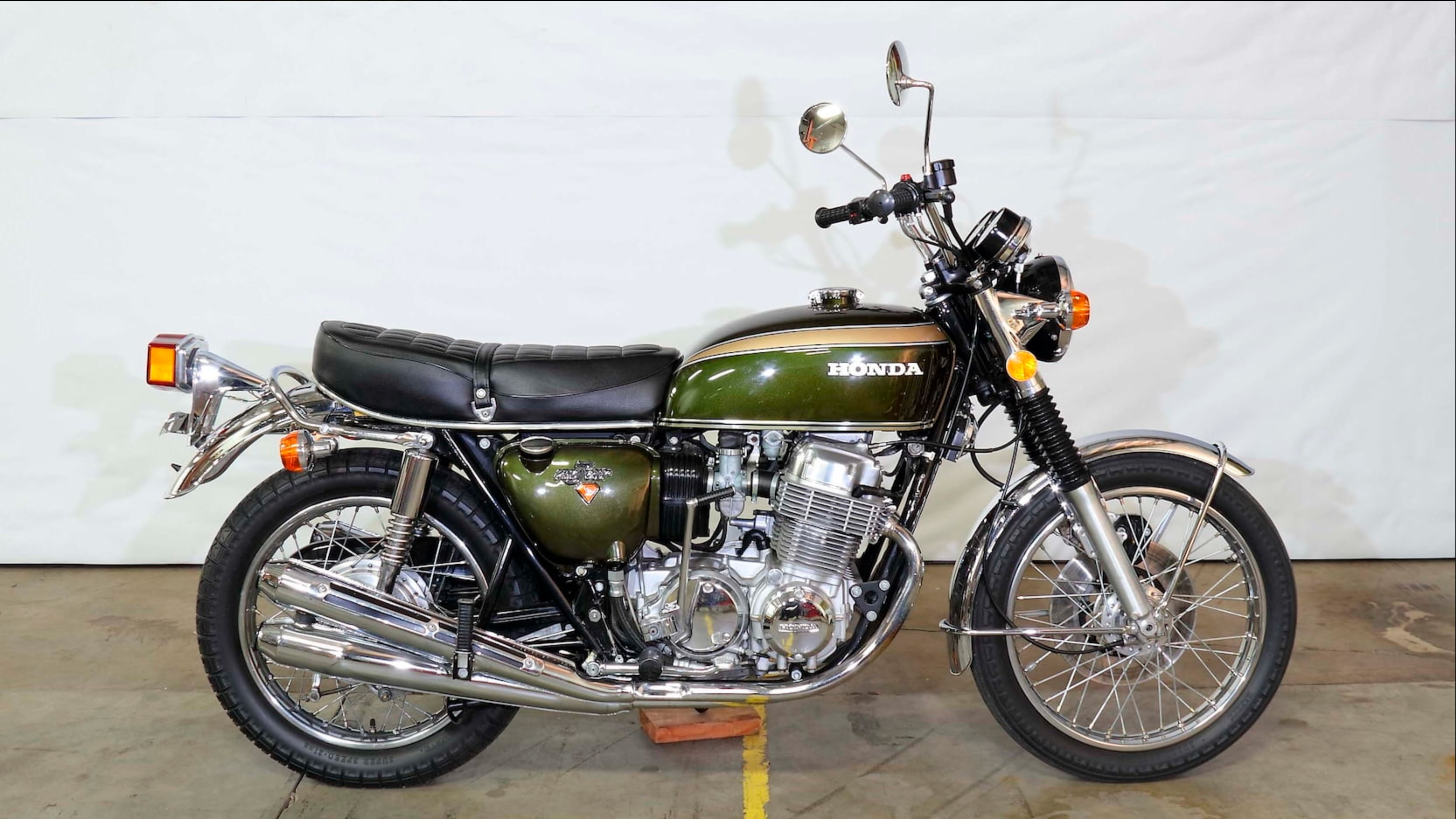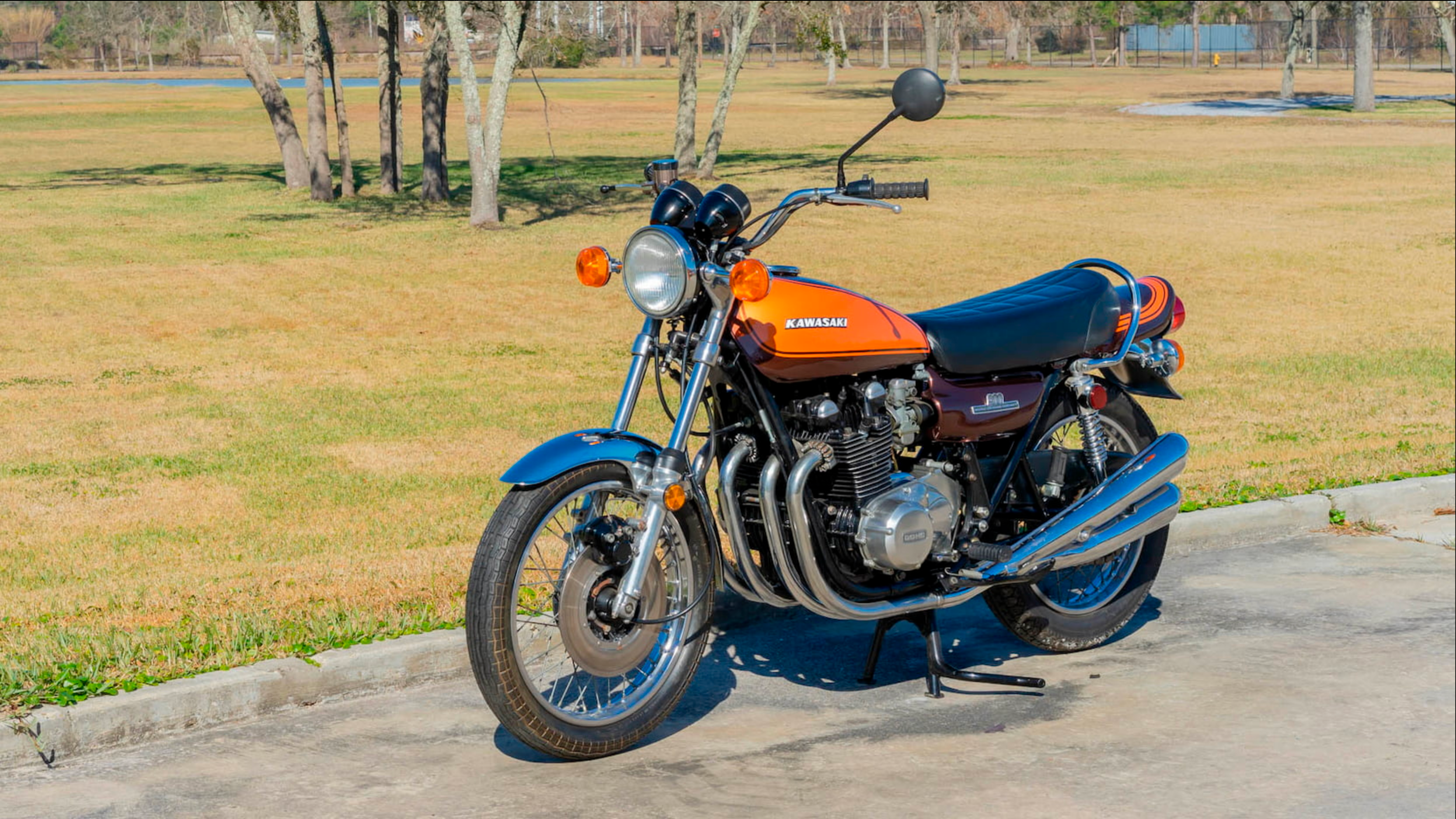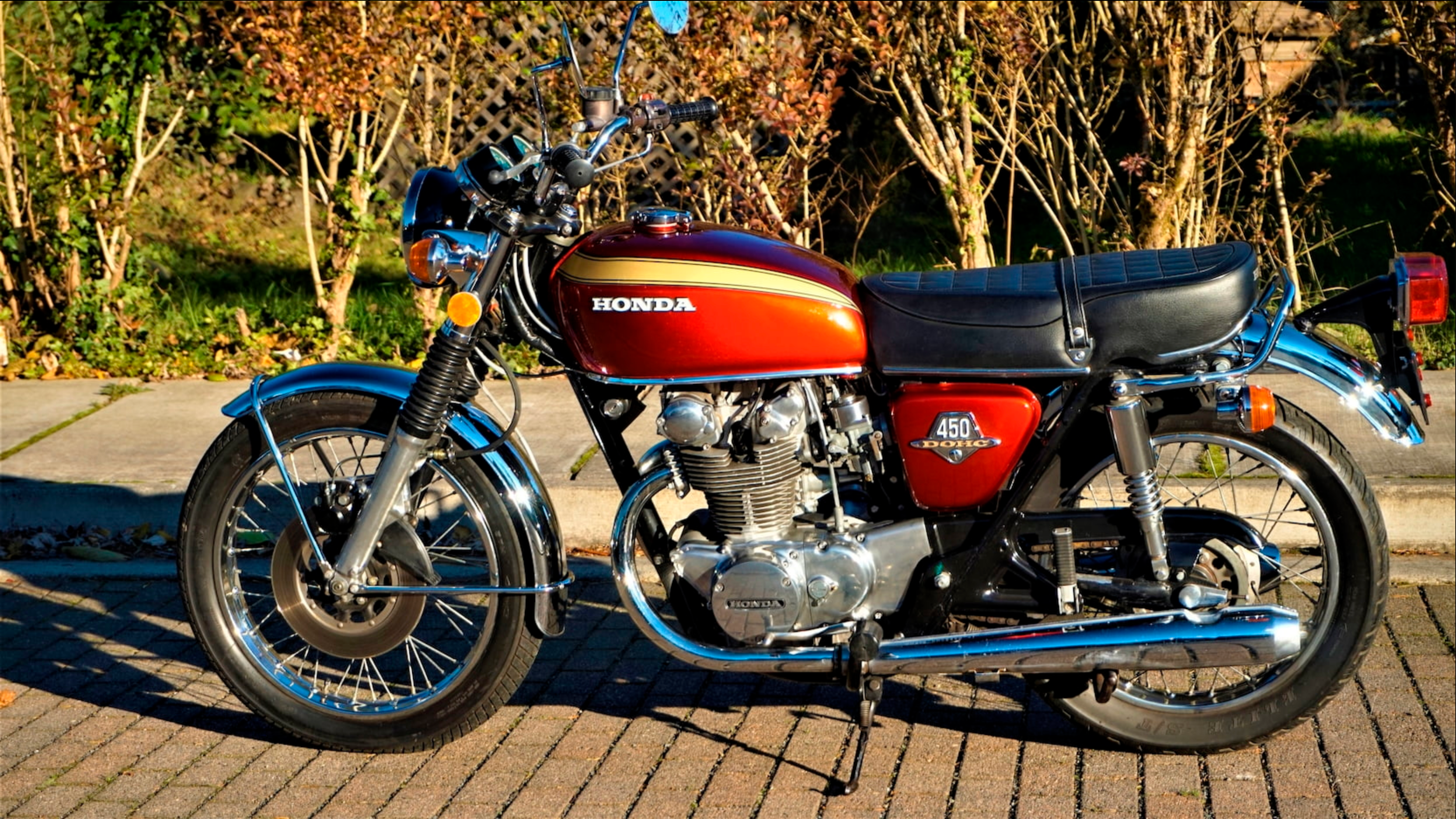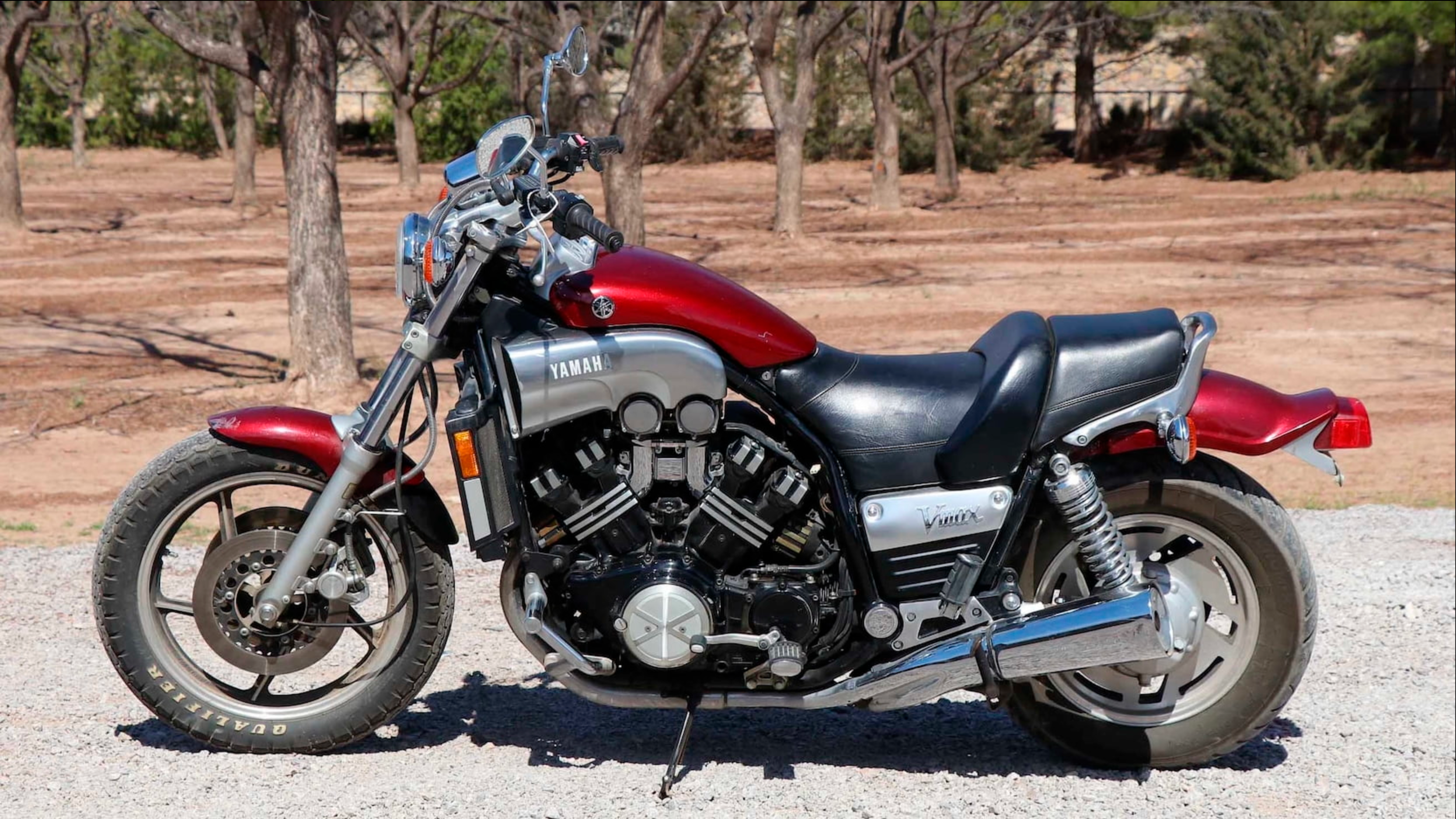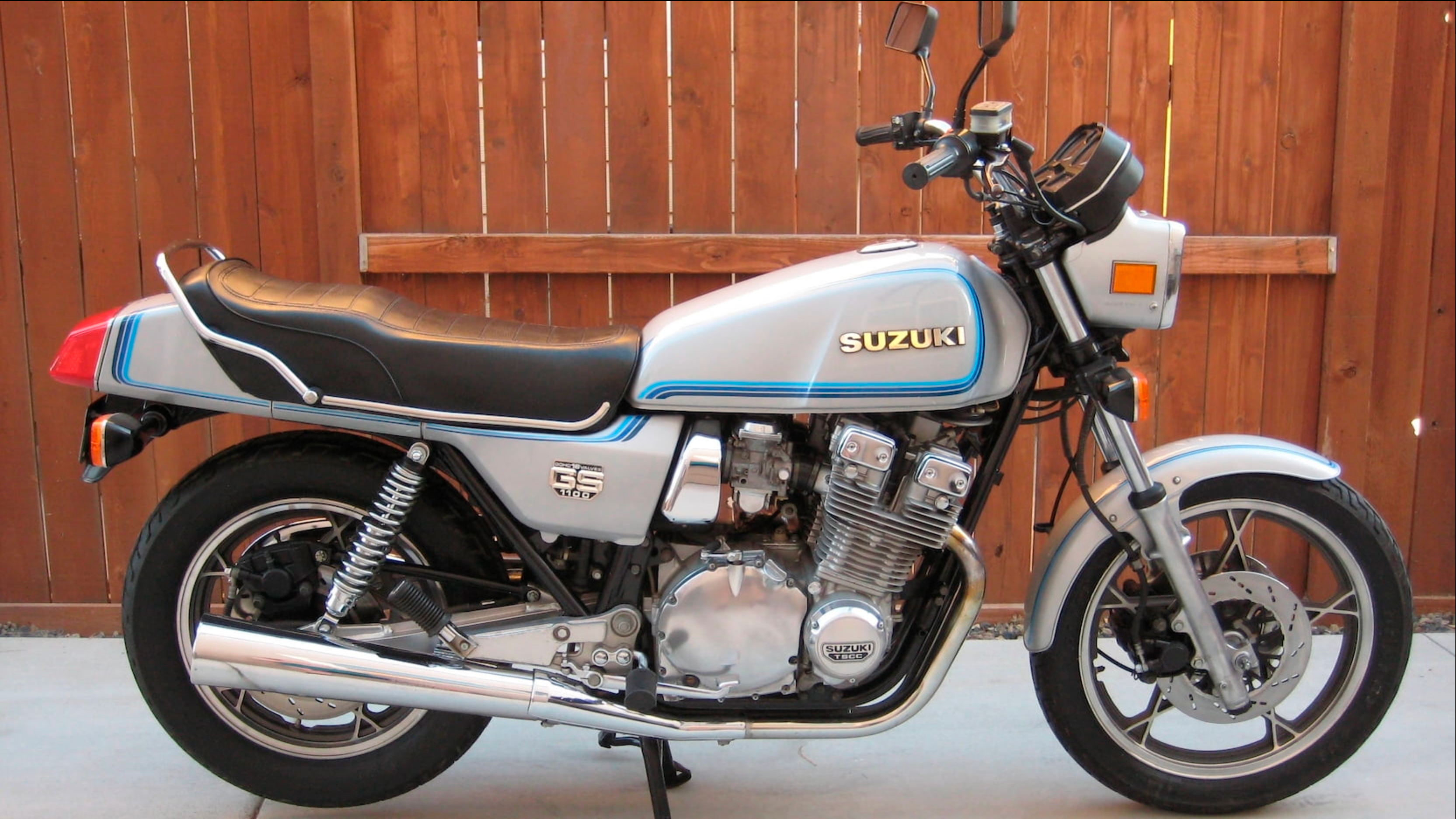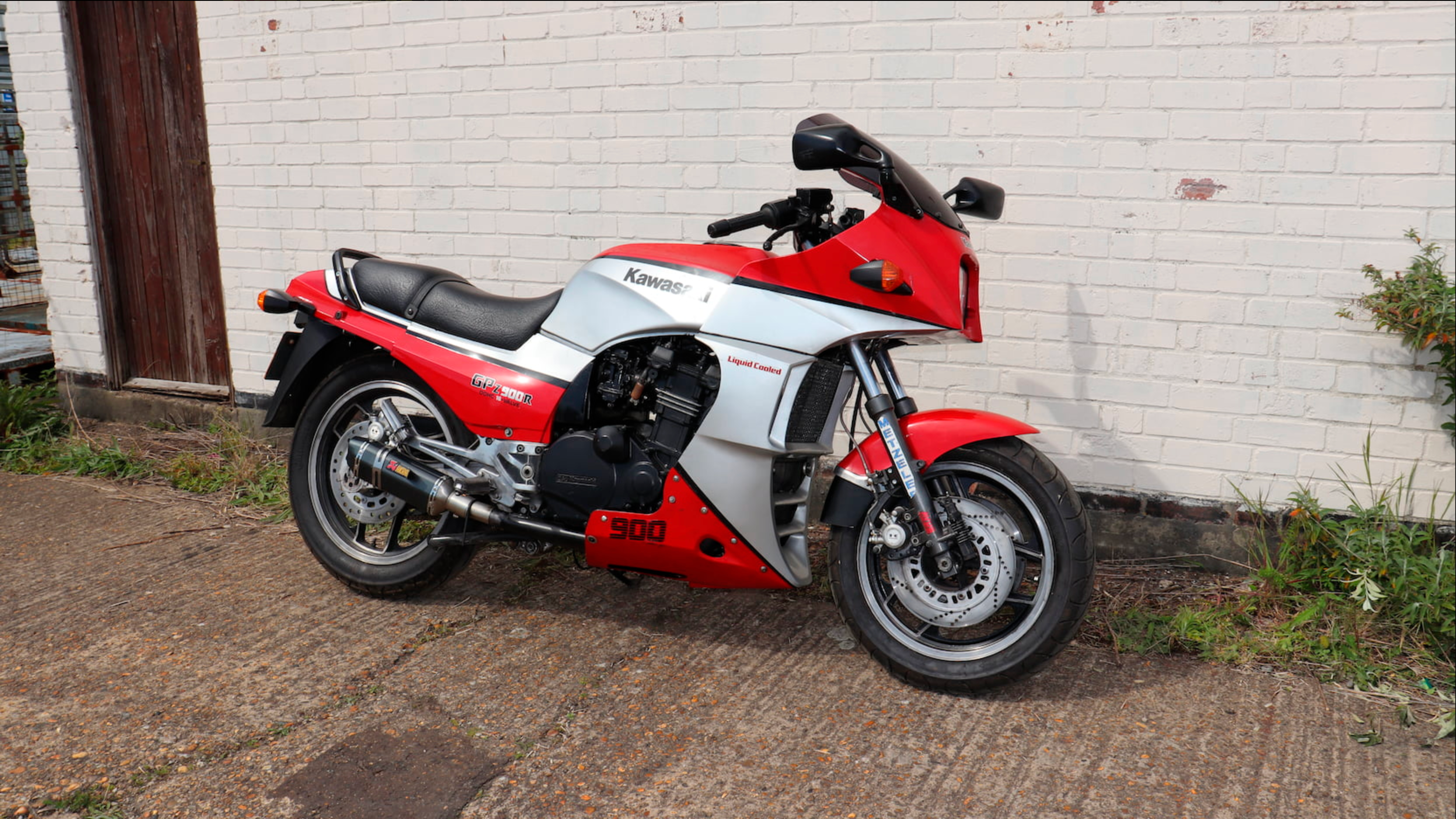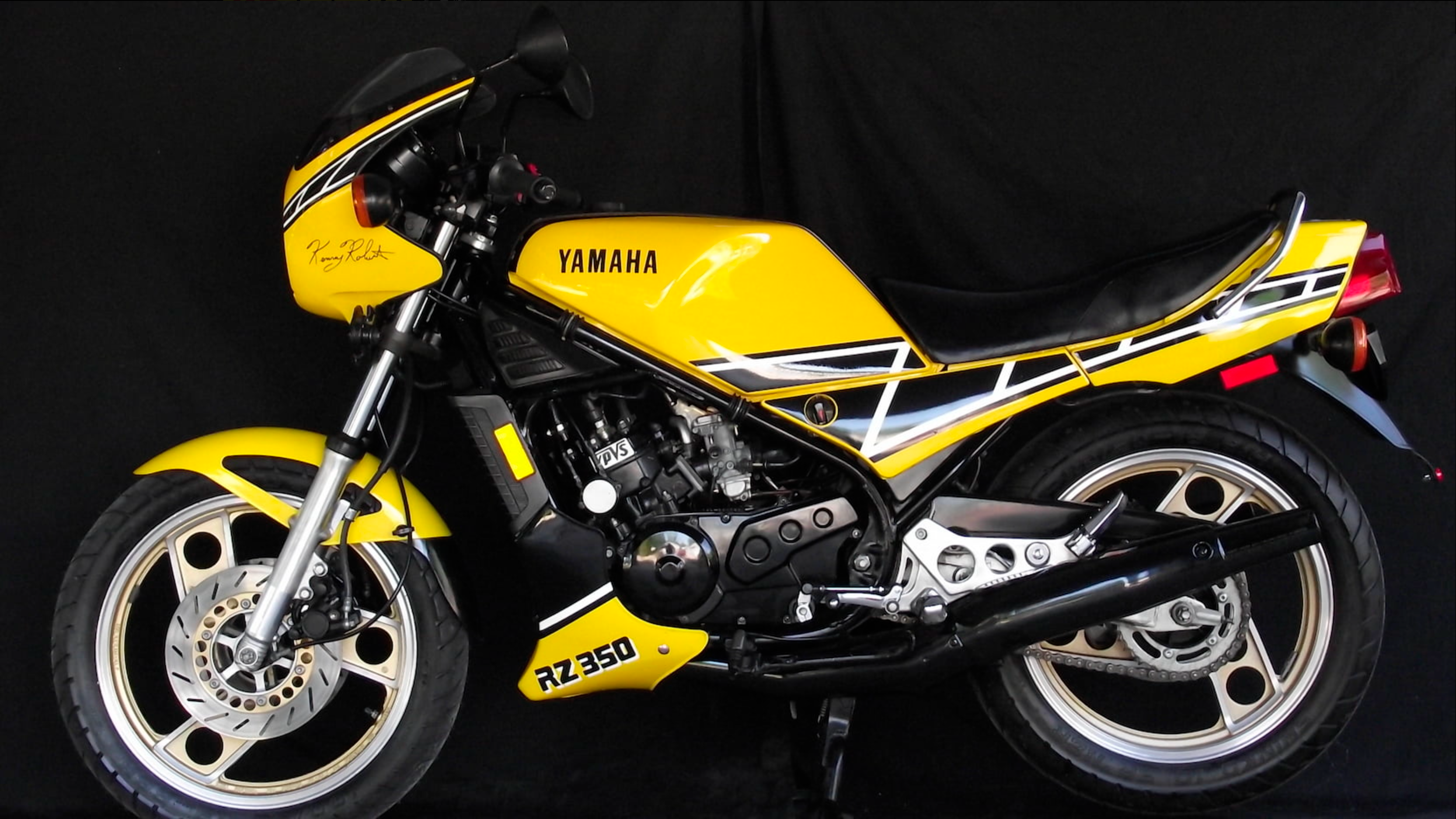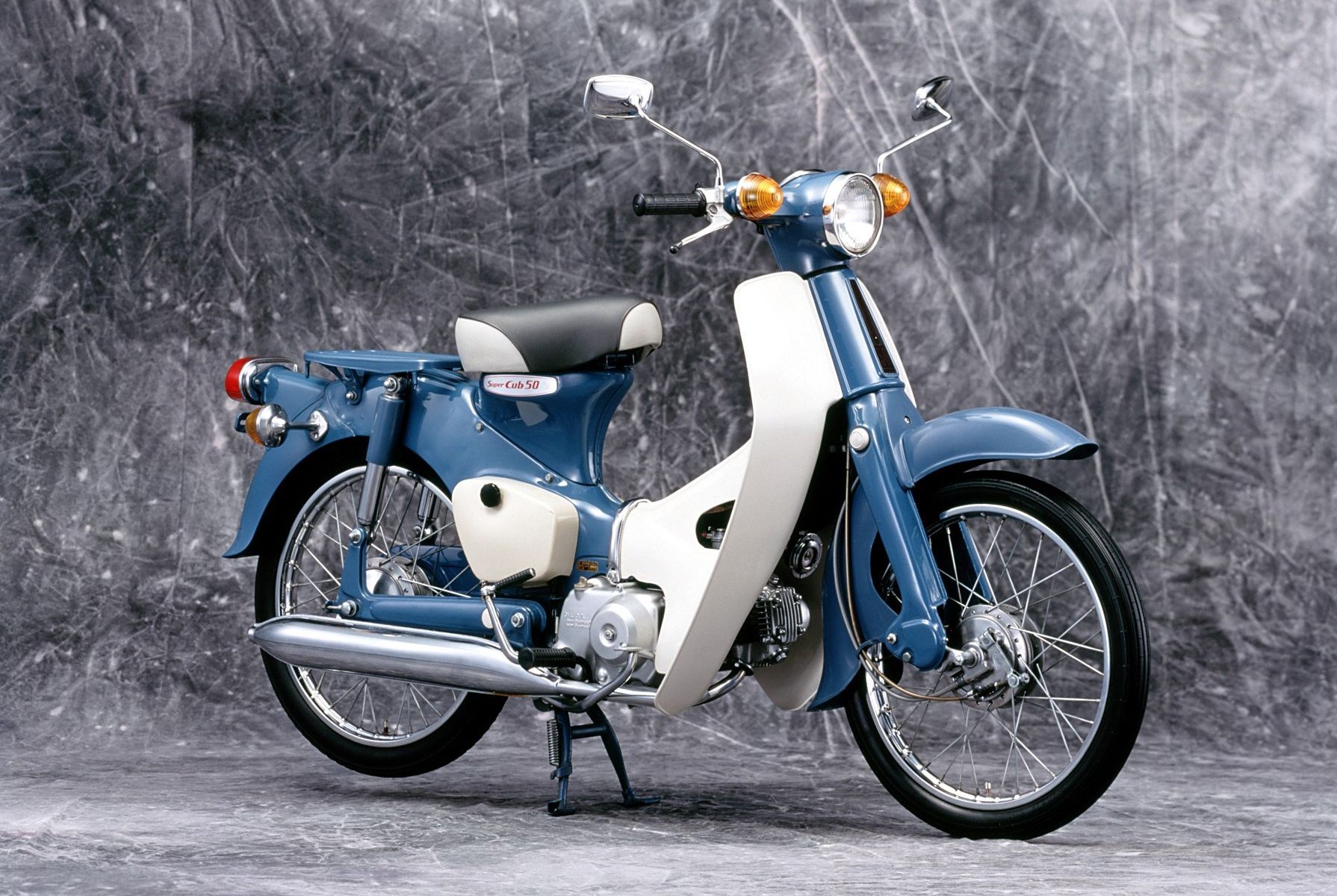Japan burst into the American motorcycle scene like a maelstrom in the 1960s, eroding the market share of traditional British and American manufacturers. Reliable and affordable, they often matched or bested the best the U.S. and UK had to offer in terms of speed. By the 1980s, Japanese makers put British makers such as BSA, Triumph, and Norton out of business and nearly buried Harley-Davidson. Over these 30 years, Japanese manufacturers produced some truly innovative, stylish, and high-powered machines. Here is a list of 10 of the best classic Japanese motorcycles produced from the 1960s through the 1980s.
Updated August 2023: History is filled with fantastic Japanese motorcycles that deserve their time in the spotlight. We can't possibly list them all in one go, so this article will be updated periodically with additional information on the models that we find to be the very best from the Big Four.
1 Yamaha XS650 - 1972
|
Engine |
2 cylinder |
|
Capacity |
653cc |
|
Power |
53 hp |
|
Torque |
39.8 lb-ft |
|
Top Speed |
115 mph |
When the Yamaha company unveiled the new 1970 XS650, they fired a shot across the bow of the entire British motorcycle industry. The Yamaha XS650, then and now, is an excellent alternative to the Triumph, BSA, and Norton twins of the day. The XS650 had one of the world's most modern large displacement parallel twin engines in the world when it hit the market. Compared to its pushrod-driven British counterparts with origins in the late 1930s to 1940s, the Yamaha’s 650cc parallel-twin engine featured a single overhead cam. The overhead cam valvetrain allowed for an engine that revved quickly, made great power, and did not require constant valve lash adjustments. The Yamaha XS650 was used successfully as a street bike and a race bike. Capable of running the quarter mile in the high 13-second range, the XS650 was as fast as many of the top muscle cars of the era at the dragstrip. In recent years, its reliability and close resemblance to classic British twin-cylinder motorcycles have made it a favorite of customizers wishing to get the look of a classic Triumph or BSA without the constant maintenance.
PROS
- More modern than its contemporary large displacement rivals.
- Single overhead cam engine more advanced.
- Less maintenance.
CONS
- Looks were unoriginal copy of British motorcycles of the time.
2 Kawasaki H1 Mach III - 1970
|
Engine |
3 cylinder |
|
Capacity |
498cc |
|
Power |
60 hp |
|
Torque |
42.3 lb-ft |
|
Top Speed |
124 mph |
The mid-1960s witnessed the boom of the muscle car fad in the United States, the largest motorcycle market in the world. Japanese bike manufacturers realized that Americans wanted faster motorcycles along with their faster cars. Kawasaki sought to produce a 500cc bike that could run with any American muscle car at the dragstrip, and the result was the H1 Mach III. Displacing 499ccs, the two-stroke inline-triple engine propelled the motorcycle to low 13-second quarter mile times with speeds near 120 miles per hour. For straight-line speed, the bike was a fantastic machine. However, braking and handling were marginal at best, and the bike gained a reputation as a somewhat dangerous machine when ridden aggressively on the street.
PROS
- Legendary inline triple with fantastic exhaust note.
- 120 mile per hour top speed.
CONS
- Subpar braking and handling.
- Reputation for being dangerous at top speeds.
3 Honda CB750 SOHC - 1969
|
Engine |
4 cylinder |
|
Capacity |
736cc |
|
Power |
67 hp |
|
Torque |
44 lb-ft |
|
Top Speed |
124 mph |
In the mid-1960s, Honda began to explore the desire of American consumers for faster and larger bikes. Honda first released the CB450 twin-cylinder motorcycle to test the waters. A sales success, the manufacturer decided to create a genuinely revolutionary mass-produced motorcycle. The result was the CB750, called the first “superbike,” the CB750 offered features no other mass-produced rival could match in 1969. Utilizing a single overhead cam 736cc transverse-mounted four-cylinder engine, the bike produced nearly 70 horsepower and achieved a top speed of 120 miles per hour. The Honda was remarkably smooth and vibration free compared to its contemporaries. Along with its unique engine, the bike came with front disc brakes and an electric start, making the Honda CB750 unrivaled in its set of features when it hit showroom floors. Sales blew the company’s expectations out of the water. From 1969 to 1978, when production on the first generation ended, nearly 400,000 examples were sold to the public.
PROS
- World's first superbike.
- 70 horsepower, with top speed of 120 miles per hour.
- Unrivaled features at the time like electric start and front disc brakes.
CONS
- Heavy due to its large stature and inline-four cylinder engine.
4 Kawasaki Z1 - 1973
|
Engine |
4 cylinder |
|
Capacity |
903cc |
|
Power |
82 hp |
|
Torque |
54.3 lb-ft |
|
Top Speed |
135 mph |
Kawasaki realized its two-stroke H1 was faster down the dragstrip than the new Honda CB750; however, the Honda CB750 outclassed the H1 in handling, braking, and standard features. Seeing Honda rack up impressive sales numbers, the engineers at Kawasaki worked hard to produce their own first superbike. The result came in 1972 as the Kawasaki Z1. Using Honda’s winning formula, the minds at Kawasaki used a transversely mounted 903cc four-cylinder engine. While Honda opted for a single overhead camshaft actuated valvetrain, the Kawasaki employed a dual overhead camshaft system. While more complicated, this helped to produce more power. The Z1 also featured an electric start and front disc brakes, matching the feature set on the Honda CB750. Due to the more significant displacement and dual overhead cams, the Z1 produced more power and faster top speeds than the Honda. When the Z1 debuted, it was the most powerful mass-produced motorcycle available to American consumers. At a time when muscle cars were beginning to see sliding power figures, the Kawasaki Z1 was upping the ante on fast motorcycles.
PROS
- Most powerful mass-produced motorcycle of its time.
- Dual camshaft system produced more power than Honda's CB750
CONS
- Dual camshaft system more difficult to maintain due to its complexity.
5 Honda CB450 - 1969
|
Engine |
2 cylinder |
|
Capacity |
445cc |
|
Power |
45 hp |
|
Torque |
27.6 lb-ft |
|
Top Speed |
110 mph |
Honda’s first try at a “big” motorcycle, the CB450 sold relatively well and helped the company test the waters for bigger and bolder machines such as the CB750 a few years later. A parallel twin design, the 445cc engine was innovative in its use of dual overhead camshafts and torsion bar valve springs in place of the traditional coil valve springs. The Honda CB450 produced 45 horsepower, an impressive performer, roughly equivalent to the more aged British 650cc designs it competed against for customers. Initially styled like Honda’s other bikes, the early CB450 “Black Bomber” bikes have become increasingly popular with collectors. Able to propel the bike to a claimed 110 miles per hour, it impressed many with its speed for such a small displacement engine. Utilizing a system similar to “Ram Air,” the bike possessed a computer-controlled set of butterflies that opened via electric servos to induct more air into the engine, raising power by approximately ten percent at higher RPM.
PROS
- Smaller in size, weight and capacity than its British counterparts, with similar power figures.
- Computer controlled air induction, allowing for more power output.
CONS
- Harder to maintain and customize due to more complex parts.
6 Yamaha V-Max - 1985
|
Engine |
4 cylinder |
|
Capacity |
1197cc |
|
Power |
120 hp |
|
Torque |
83.1 lb-ft |
|
Top Speed |
146 mph |
Our first real muscle cruiser on the list, the Yamaha V-Max shook up the industry when it dropped in 1985. Propelled by a massive at the time 1,197cc liquid V-4 engine, the V-Max was as shockingly fast as it was visually imposing. The powerplant featured dual overhead camshafts, four valves per cylinder, and a high compression ratio that produced nearly 120 rear-wheel horsepower. Making use of a lightweight aluminum frame and employing the engine as a stressed member, the bike was light for its size and power. While generally soft-sprung and mediocre in its handling, the V-Max was known for its impressive acceleration. Only minor changes graced the bike from its introduction in 1985 until the more powerful and modern second generation debuted in 2007. These bikes enjoyed a large following in the drag racing community and are an excellent example of 1980s Japanese engineering prowess and design.
PROS
- Powerful liquid cooled 1,197 V-four engine unlike anything at the time.
- 120 rear-wheel horsepower.
- Engine as stressed member.
CONS
- Mediocre handling capabilities.
- Only minor updates during its long production run.
7 Suzuki GS1100E - 1980
|
Engine |
4 cylinder |
|
Capacity |
1074cc |
|
Power |
100 hp |
|
Torque |
62.9 lb-ft |
|
Top Speed |
134 mph |
In 1980, Suzuki dropped a bomb on its Japanese competitors with the introduction of the GS1100E. Based on the earlier GS1000 series, the GS1100E featured a new cylinder head design. Dual overhead camshafts, four valves at a narrow angle, and a new specially shaped combustion chamber helped the engine produce 100 horsepower. When the GS100E debuted, it was the fastest mass-production bike on the market, and for three years in a row, it won Cycle World’s Superbike of the year award. A favorite of drag racers, the engine used in the GS1100E has seen countless racing victories at the amateur and professional levels alike. The engine is known for its power potential and durability four decades later. Aftermarket performance companies still offer large big bore kits to increase displacement and horsepower.
PROS
- New cylinder head, combustion chamber and other engine innovations.
- 108 horsepower.
- Fastest mass-produced bike on the market at the time.
CONS
- On the heavy side for a sport bike at an estimated 552 pounds.
- Conventional chassis.
8 Kawasaki GPz900R - 1984
|
Engine |
4 cylinder |
|
Capacity |
908cc |
|
Power |
115 hp |
|
Torque |
63 lb-ft |
|
Top Speed |
154 mph |
In 1984, Kawasaki, not content with their standing in the bike horsepower wars, introduced a machine to overthrow the reigning champion, the Suzuki GS1100E. The GPz900R produced 115 horsepower, thanks to the introduction of liquid cooling. More efficient than previous air and oil-cooled models, this 908cc transverse four-cylinder engine possessed increased compression and aggressive camshaft and ignition timing profiles. The lightweight, aerodynamic, and powerful Kawasaki became the first bike to reach a top speed of 150 miles per hour. The father of the famous Ninja line of sports bikes, the GPZ900R. The Kawasaki garnered Hollywood fame as the bike of Tom Cruise’s character Pete “Maverick” Mitchell in the 1986 film Top Gun and became an icon of 1980s superbikes.
PROS
- 115 horsepower.
- Liquid-cooled engine.
- First to reach 150 mph
CONS
- Faulty digital fuel injection (DFI).
- Power surging at cruising speed.
9 Yamaha RZ350 - 1983
|
Engine |
2 cylinder |
|
Capacity |
347cc |
|
Power |
55 hp |
|
Torque |
29.6 lb-ft |
|
Top Speed |
100 mph |
With a lineage going back to the 1970s with the RD350, the RZ350 was the swan song for fast, light, two-stroke street bikes in the United States. Possessing a liquid-cooled 347cc parallel twin two-cycle engine, the RZ350 used a primitive computer system to operate a power valve system that changed port timing to produce both solid low-end torque and high RPM horsepower. The small engine makes about 55 horsepower and gives the motorcycle a top speed of nearly 100 miles per hour. Available from only 1983 to 1985 in the United States due to increasing emissions standards, the RZ350 is highly sought after by two-stroke enthusiasts and enjoys strong aftermarket support due to the engine being the same (minus the power valve system) as that used in Yamaha Banshee ATVs.
PROS
- Computer assisted port time for optimizing low-end torque.
- 43 horsepower from liquid cooled 347-cc parallel twin.
- Top speed of 100 miles per hour.
CONS
- Limited run of only 2 years in the United States.
- Expect to pay top dollar for this highly sought model.
10 Honda Cub - 1958
|
Engine |
1 cylinder |
|
Capacity |
49cc |
|
Power |
4.5 hp |
|
Torque |
2.4 lb-ft |
|
Top Speed |
43 mph |
Some would argue that the Honda Cub is the motorcycle equivalent of the Ford Model T in that it introduced motorcycle ownership to a wide array of buyers that may not otherwise have purchased a bike. Honda used the marketing slogan “You meet the nicest people on a Honda” to sell scores of these machines. Basic, rugged, and economical, the Cub helped Honda break into the American market by offering a cheap alternative to more expensive and less reliable options from scooter makers. Featuring a simple pushrod-operated 49cc engine, the Cub was low compression, making it easy to start and run on the most marginal fuels. The engine was cheap to produce, and the bodywork made of synthetic materials instead of sheet metal helped keep the cost down. The most prolific motorcycle ever sold, the Cub has been in continuous production since 1958 and has sold over 100 million units worldwide in varying engine sizes.
PROS
- Ubiquitous and affordable.
- Simple to operate and maintain.
- Light, rugged and economical.
CONS
- Produced to sell, cheap fit and finish.
- Weak pushrod-operated 50-cc engine.

